A common barrier to the development of Brownfield in modern cities is the associated cost of remediation of land prior to development. Such costs drive developers to seek cheaper, more available land, found in the urban belt and Greenfield. Our failure to address this issue results in both a decaying inner city of untouchable, uninhabited, post-industrial land, and an ever-expanding urban belt in place of our rural hinterlands.
Mycoremediation, a new method of soil remediation, still very much in its infancy, provides a solution to the problem which is both cost effective, and environmentally-friendly.
Mycoremediation is the use of fungi to breakdown and absorb harmful chemicals and heavy metals in soils, which have accumulated in the presence of polluting industries. The implementation of such ‘myco-filtration’ techniques has the ability to restore biodiversity in our urban soils, through the growth and adaptation of fungus, even when other biological species are unable to survive. In turn this technique has the ability to improve the health of the soil to a point where other biological species may return and flourish, thus acting as a vanguard, or pioneer species.
The term Fungi is commonly associated with mushrooms, the mushroom being the only visible part of the organism to emerge from the earth. However, the mushroom is merely the reproductive organ of a larger organism, surviving a fleeting period of time to produce spores, and afterwards decomposes and disappears. A fungus, however, is the intricate network of branching, root-like ‘hyphae’, which infuse the soil beneath the surface, allowing the fungus to gather nutrients and simultaneously generate and maintain soils for the benefit of other ecosystems across the planet.
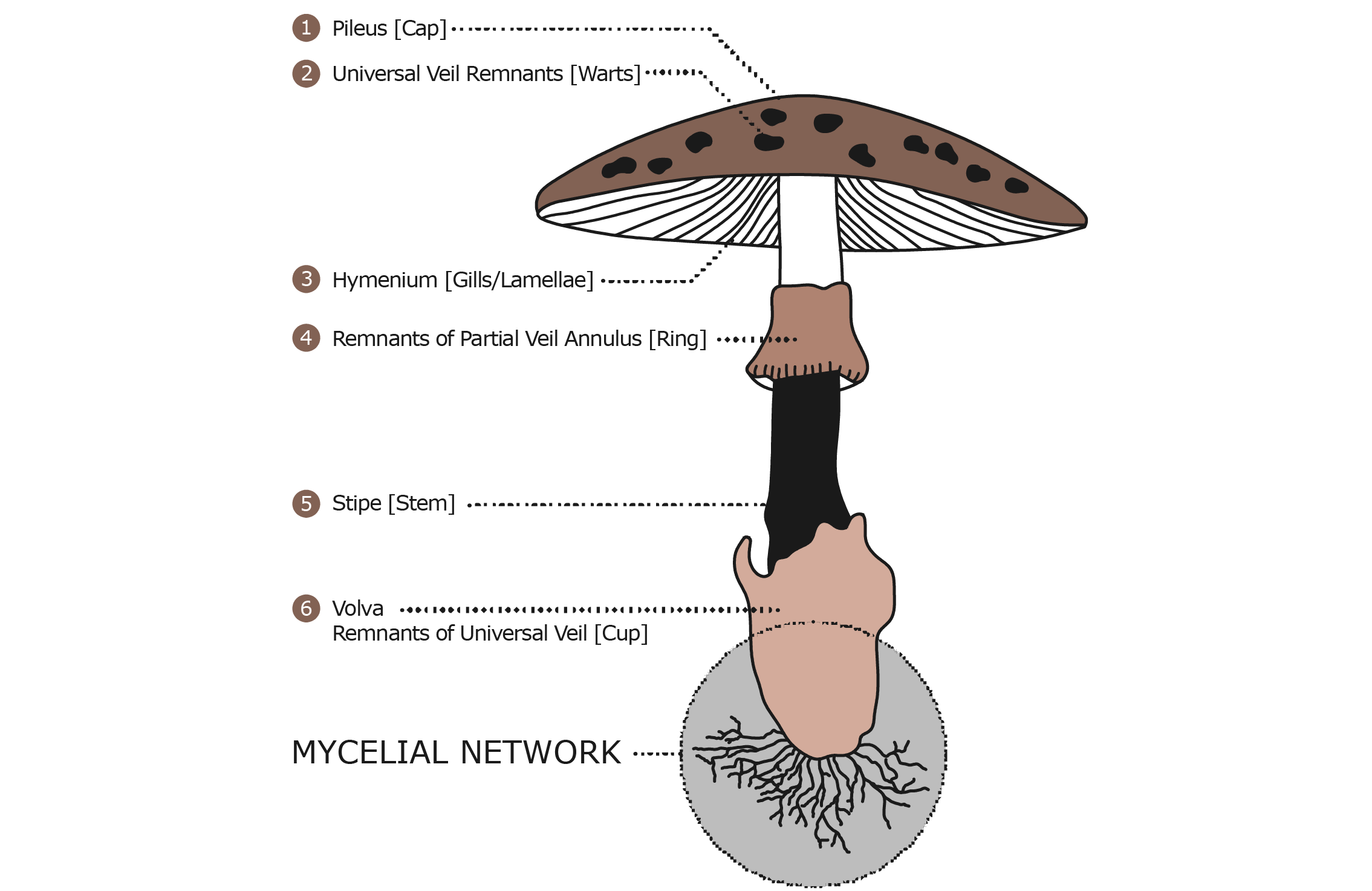
It was this ‘mycelial network’ that first broke down volcanic rock, billions of years ago, to produce the first soils on Earth, laying the foundation for the plant kingdom. Ever since, fungi has formed a symbiotic relationship with the plant kingdom in decomposing waste matter, generating humus soils, and even forming mutualistic relationships with plants to distribute nutrients for the benefit of both parties.
The growth of a fungus begins with the germination of a single spore and the production of its first hypha, or ‘germ tube’. This hypha then grows and branches, with each of those hyphae then branching again, until the resulting network encircles the starting location of the spore, producing crossconnections between other branches, which makes it unique from a plants root system.
This expanding cross-connected network of hyphae called the ‘mycelium’, provides a rapid and efficient means to transport nutrients in environments where food is scarce, and send instructions to other parts of the fungus as to how to adapt to benefit from local nutrient availability.
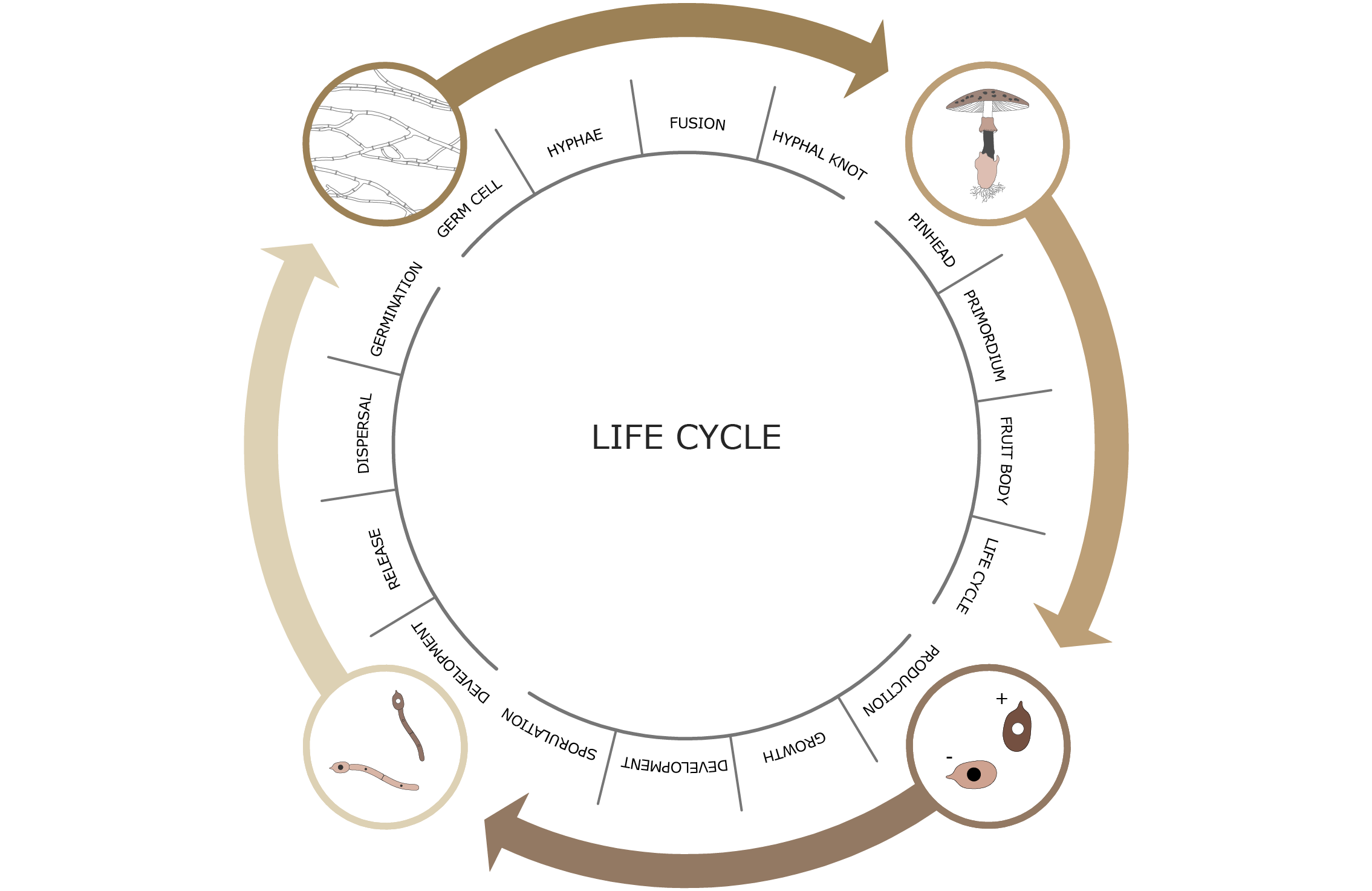
The mycelium forms a dynamic structure capable of responding to changing demands of any environment. Through a dense interconnected network of hyphae, the mycelium is capable of sending information to other parts of the fungus, to instruct upon the flow of nutrients, and route of growth.
In an environment where nutrients are scarce, it is important for the mycelium to be able to adapt and grow towards areas where nutrients are in their highest concentration, and sever nutrient flows to parts where the environment is hostile. In this way, the mycelium can assume the most effective form for any environment in which it inhabits.

In order to provide energy to growth and reproduction, the fungus must feed through its mycelial network. In a nutrient-rich environment, the fungus is able to do this through the release of enzymes from its hyphae, which act upon larger molecules in the soil, breaking them down into sugars which can be absorbed through the hyphal skin.
By digesting larger molecules before absorbing them into the mycelium, the fungus is said to have an external stomach, making them highly adept at breaking down harmful, even toxic chemicals without causing harm to itself. As the available nutrients are exhausted from the soil, the mycelia continues to grow, spreading out in search of new food, and at the same time kills off and digests older hyphae at another part of the fungus for energy.

In environments where nutrients are scarce, the fungus is sometimes forced to form mutualistic, even parasitic relationships which local plant life, where the fungus benefits from nutrients in the roots of the plants and in return, the mycelium is able to expand to form a dense network which aids the growth of the plant.
In the case of mycorrhizal fungi, the mycelium has developed a way by which it is able to tap into the root system of a plant to gain the necessary nutrition needed to be able to survive and grow, and in doing so the mycelium is able to infuse the soil, and to trap and convey water to the plant area, thus greatly increasing to active root surface area, and the health and prosperity of the plant.
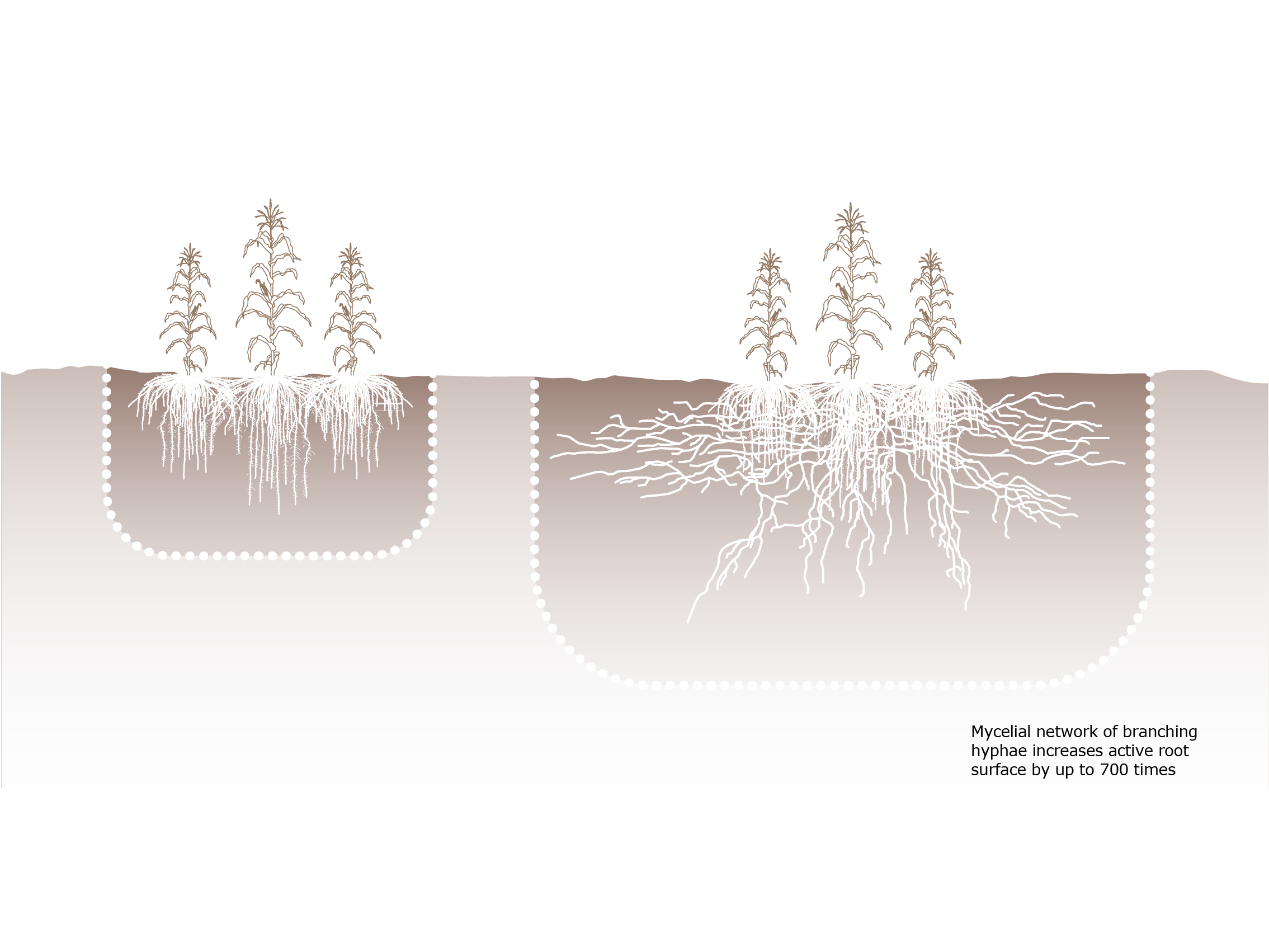
The ability of fungi to breakdown and absorb large harmful molecules such as poly-aromatic hydrocarbons (PAHs) and heavy metals sets them apart from almost every other organism on the planet. This hyper-accumulation of such substances makes them highly-suitable for the remediation of soils in ex-industrial areas, with known contaminants.
Following extensive research in the field, it is possible to remediate an area of known contaminants, by selecting a number of specific strains of fungi which are known to be effective.
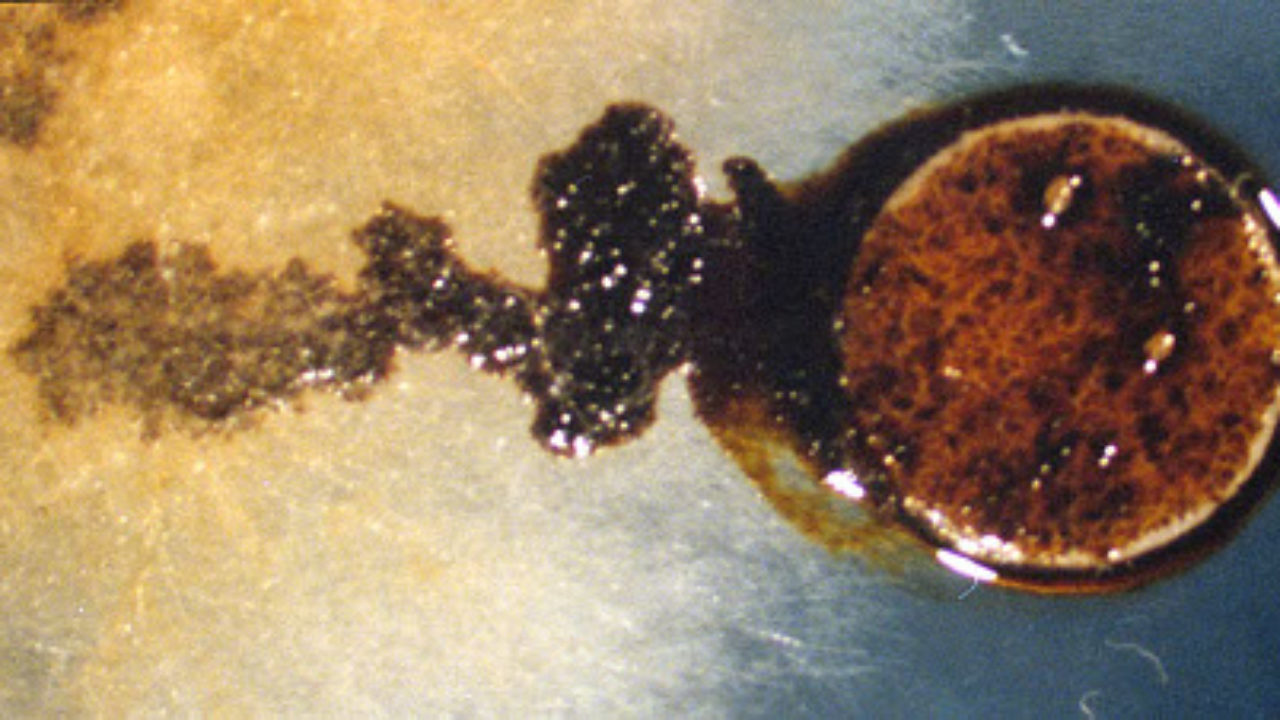
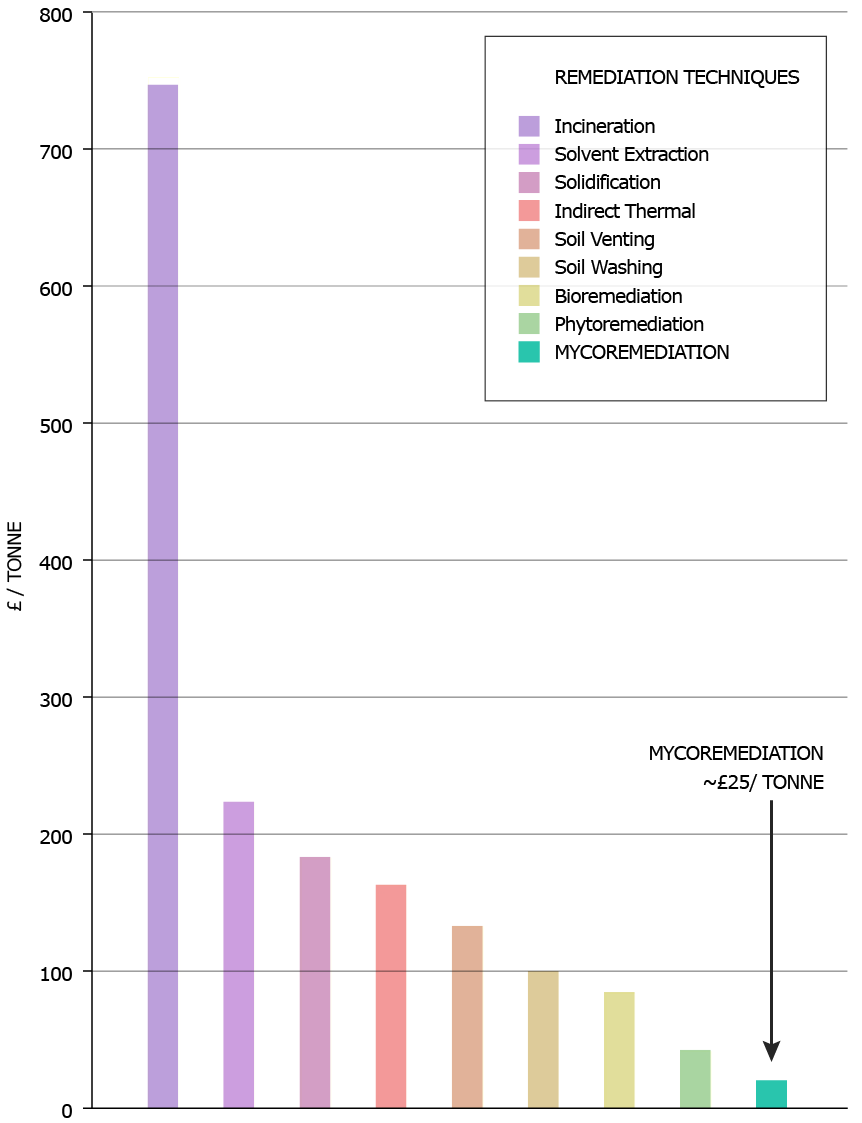
The graph below illustrates a comparative costing for a wide range of remediation techniques for soil contaminated with petroleum hydrocarbons.
As the graph indicates, mycoremedation techniques, boast a huge economic advantage over the conventional and commonly-employed techniques of soil remediation. Considering the effectiveness, environmental efficiency, and comparative pricing of such techniques, it is recommended that local authorities should look at investing in such techniques.
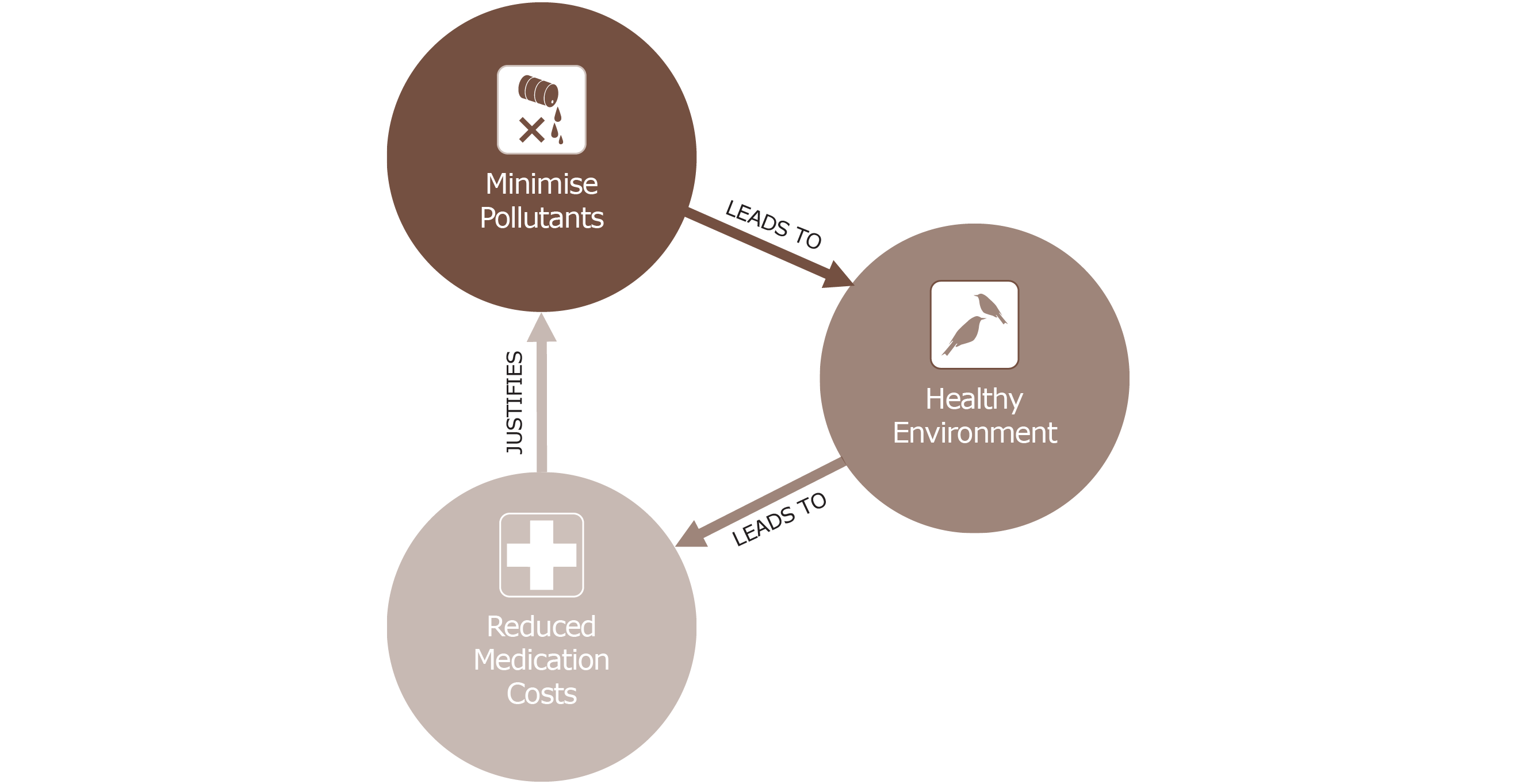
An experiment conducted by Batelle Laboratories, a non-profit foundation, in a vehicle storage centre in Belingham, Washington, invited a number of bioremediation groups to test the effectiveness of a variety of remediation techniques on soils heavily-polluted with petroleum hydrocarbons. Amongst the groups were technicians specialising in enzyme-based remediation,
bacterial remediation, and mycoremediation, amongst others. The test piles were propagated with a variety of innoculants, and left covered for 4 weeks for the substances to take effect. After 4 weeks the piles were uncovered.
For the majority of the groups, the results were inconclusive. However, upon uncovering the pile inoculated with mushroom mycelium, it was found that by through the infusion of the mycelium , the fungus had managed to break down the majority of the pollutants into harmless by-products, which could then be absorbed for nutrition. The concentration of pollutants dropped from a staggering 10,000 parts per million to just 200ppm, a 98% reduction in the contamination.
The first stage of the process sees the inoculation of the polluted soil with spores of an appropriately-selected fungus, based on the type of contaminant found locally. Once the pile is covered, the moisture and warmth of the environment lends to the growth and expansion of the mycelium membrane through the soil.
Through creating a dense web of linkages with its hyphal roots, the fungus is able to compartmentalise the soil into a large number of small external stomachs. Through releasing enzymes into these compartments, the fungus is able to break down long-chain hydrocarbons into smaller ones for nutrition.
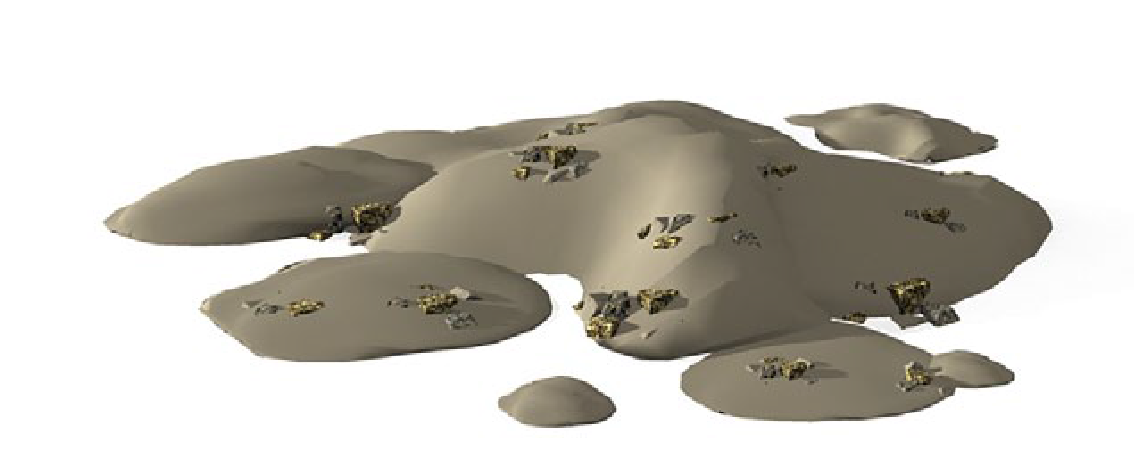
Through the four week test period, the mushroom mycelium is able to expand and infuse the entire pile of soil, releasing enzymes as it grows, to break down nutrients in the soil for reabsorption. As the fungus gains more energy, it is able to expand further into the soil. Once the nutrients of a particular area have been used up, the mycelium cuts off the flow of nutrients to the area, and the hyphae are digested and reabsorbed back into the fungus for nutrition.
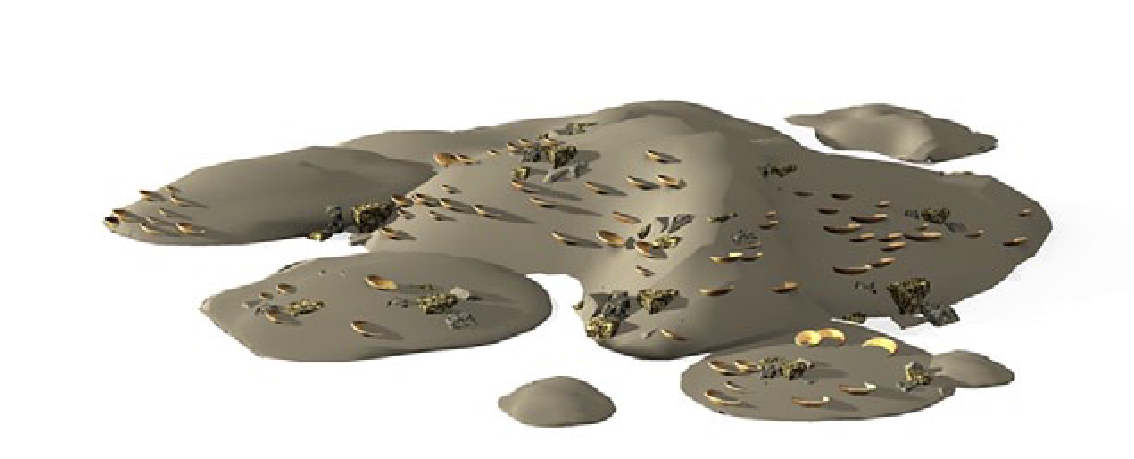
In the weeks following the experiment, the fungus takes on the role of vanguard species. In areas which have for a long time been bereft of life, the fungus not only has the ability to improve the health of the soil, but it also attracts insects which come to feed on its flesh.
The presence of insects in the area attracts birds who come to feed, and in doing so bring seeds which are deposited on the healthy soil.
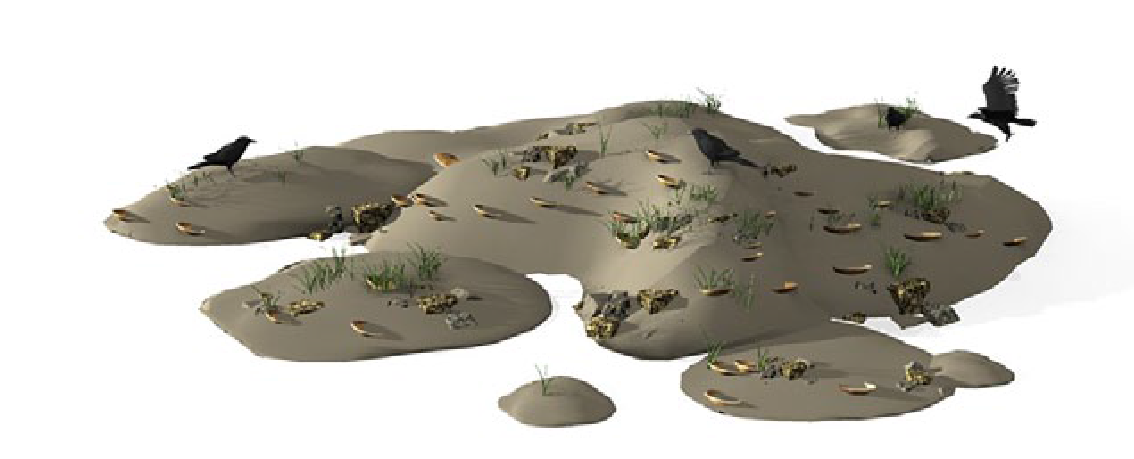
After a short amount of time, the seeds germinate, sending roots down into the soil, and plants begin to spring up in the pile, giving testament to the revived health of the soil. The plants themselves then participate in the remediation of the soil through what is known as phytoremediation, and in doing so improve the quality of the soil so that other organisms can survive in the environment.
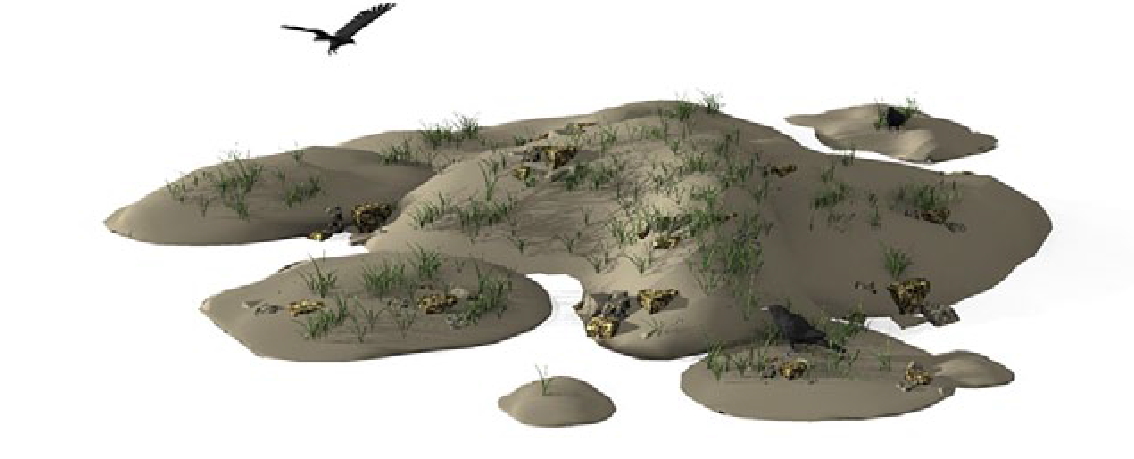
Follow the links below to explore other similar, related projects